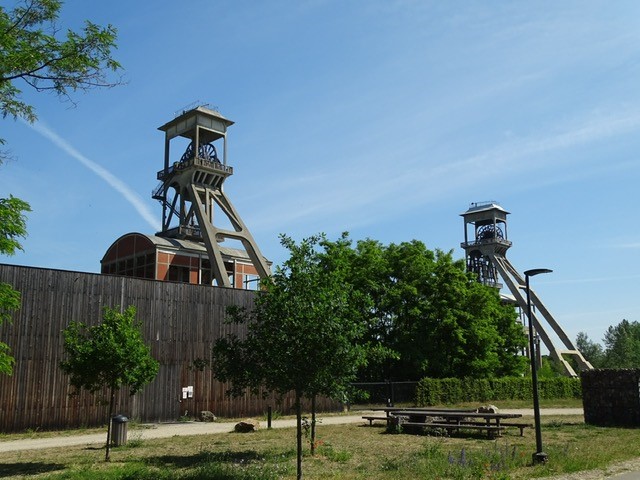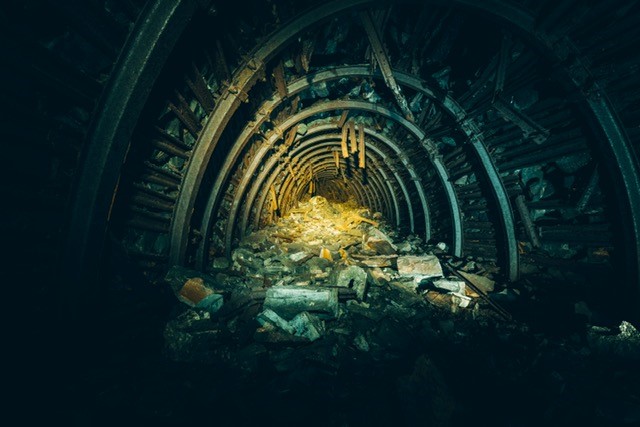
A Coal Mining Risk Assessment (CMRA) should identify site specific risks relating to potential shallow coal extraction and their implications to a proposed redevelopment of the land. Coal mining risk assessment reports are a desk based study which assess the likelihood and potential ground stability risks of historic coal mining activity either on, or in the vicinity of, the site. Where necessary, the CMRA should propose a mitigation strategy for coal mining legacy issues in order to make the site safe for the proposed development. CMRA’s are usually undertaken as a standalone report and are typically required to address specific planning conditions imposed on sites located within a coal mining area.
The coalfield (areas of historic coal extraction) has been divided into two distinct categories by the Coal Authority:
Planning applications will require a coal mining risk assessment where a site falls within, or immediately adjacent to, a development high risk area. You will also require a CMRA as part of any due diligence for purchase/lending or insurance purposes.
Typically, the risks posed to sites within a developmental high-risk area will be site instability caused by shallow mine workings or mine entries, but can also include;
The CMRA should be prepared by a suitably qualified competent person. Erda Associates Ltd. can undertake Coal Mining Risk Assessments as we have professionals with suitable qualifications, over 7 years’ experience undertaking these exercises and we are members of relevant professional institutions (e.g. members with the Royal Institute of Chartered Surveyors).
In the production of a CMRA, the competent person will refer to a range of resources. These may include, but are not limited to, the following;

Where a site falls within a development high risk area, the Coal Authority will become an automatic consultee for planning matters. The local planning authority will forward the CMRA to the Coal Authority for review once completed. Once this is approved the planning application for the site will be able to progress. When planning permission is granted it will usually contain a condition stating that ‘the recommendations made in the CMRA should be undertaken during the site development works. If rejected, the CMRA would need to be revised and reissued.
Should any risks to future development be identified in the CMRA, further works may be recommended prior to the development taking place. Typically, this will involve a site investigation which comprises the advancing of Rotary Boreholes to agreed depths across the site. These works are undertaken to identify the presence of any historic workings and thickness and composition of any anticipated shallow seams.
As a general rule of thumb, a minimum of three boreholes will be required in order to provide a minimum coverage of the site as recommended by the Coal Authority. Where potential shafts are identified, a watching brief, site strip or targeted investigation will likely be recommended.
Depending on the findings of the investigation works, further remediation ground works e.g. drill and grouting of old workings to stabilise the void or shaft, may be required.
Erda Associates Ltd. Are competent professionals and can assist developers at any stage of a project, from coal mining risk assessments and site investigations through to remediation works (e.g. drill and grouting). Should you require assistance with any of these works, you should contact us in order for us to provide further site specific guidance and quotations. In order to assist, we will require some initial details including a site location plan and development proposals. Our contact details can be found on our website by clicking here.